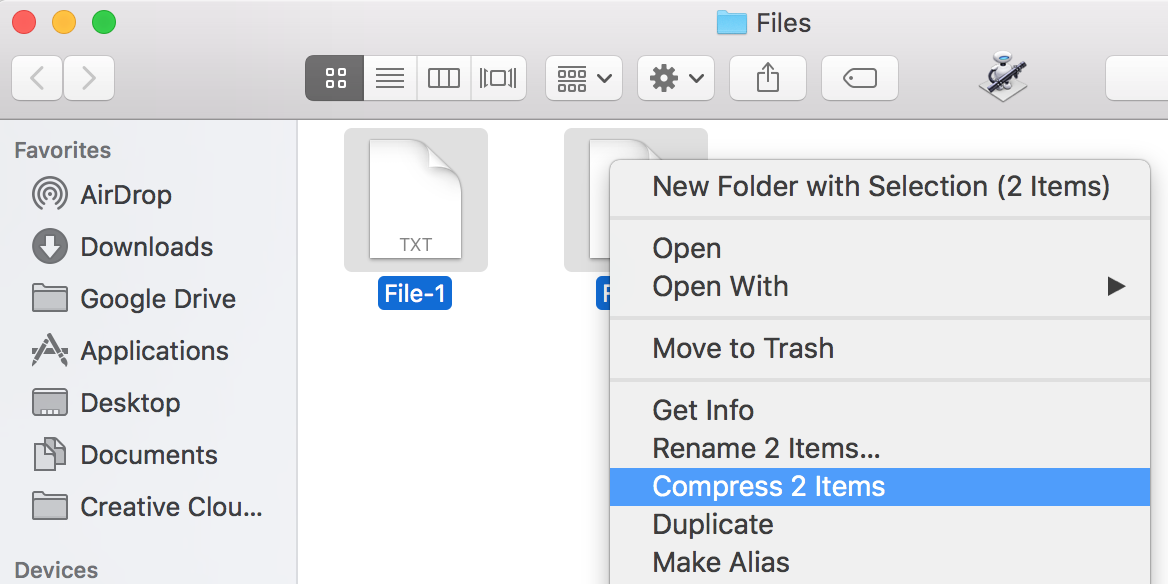
HOW MAKE A ZIP FOR MAC ZIP FILE
That’s a lot different from someone who has a zip file in their personal possession. Servers have safeguards in place so that if someone is trying to use a brute force attack to crack the password, the network admins can take corrective measures to stop the attack. Cracking the password on a zip file is a lot easier than cracking the password on a web server or an email server. The other part is the strength of your password. Fortunately, the major zip utilities support this level of encryption.Įncryption is just part of the equation.

There are currently two standard levels of encryption for zip files, 128 and 256 bits, with 256-bit encryption far superior to the 128-bit version. There are two levels of security on a password-protected zip file: the encryption security and the password. They just have to download the right (free) software. Before using zip files, however, there is one thing you need to keep in mind: anyone can crack open a zip file if they have the motivation to do so. When someone wants to access the contents inside, they just have to enter the password. You gather your files and folders together, select a password, encrypt them, and they’re put in a single, compressed folder. The essential technology behind zip files has been around for decades.

While the technology behind them is quite old, and they don’t have the security required to protect extremely sensitive information, they’re great for compressing and sharing large amounts of data in easy-to-transport folders.
HOW MAKE A ZIP FOR MAC INSTALL
If you want to start over and wipe out the data, you need to go into Disk Utility to reformat the internal drive first, and then install macOS Sierra.Zip files are a fast and easy option when you want to protect files from being accessed by casual users. If you want to install Sierra and leave the data intact, select Install OS X.
HOW MAKE A ZIP FOR MAC CODE
Go back to Terminal and paste the copied code at the prompt.Sudo /Applications/Install macOS Sierra.app/Contents/Resources/createinstallmedia -volume /Volumes/Untitled -applicationpath /Applications/Install macOS Sierra.app Launch Terminal (/Applications/Utilities/Terminal.app).

If your drive is named something else, you need to change Untitled to the name of your drive.) (In the Terminal command you will use, I use Untitled to represent your external drive.


 0 kommentar(er)
0 kommentar(er)
